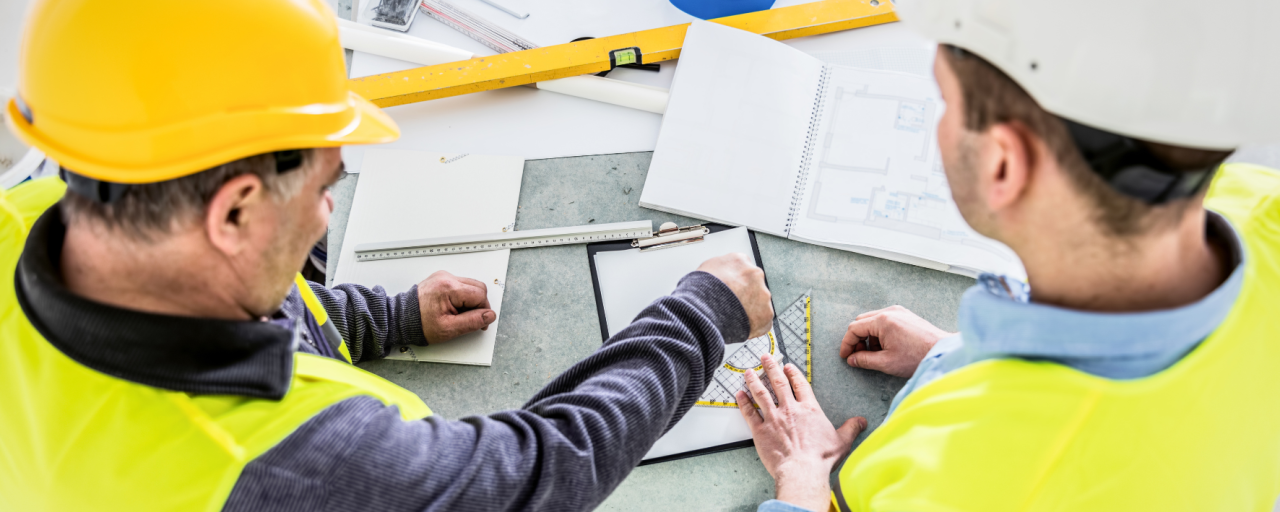Why Project Controls and Commercial Construction Go Hand-in-Hand for Seamless Execution
Project controls and commercial construction might seem like separate worlds, but together, they form the backbone of successful construction projects. By integrating careful planning, real-time monitoring, and managing and monitoring construction project costs, these disciplines ensure projects stay on track, on budget, and aligned with client expectations.
The Foundation of Project Controls
Project controls act as the blueprint for efficient project management. Without this critical component, even the most well-planned construction efforts can spiral into delays or cost overruns.
What Are Project Controls?
Project controls are the systems and processes used to measure, monitor, and predict project performance. They focus on aspects such as scheduling, cost management, risk assessment, and resource allocation. Think of them as the navigational tools for any construction journey.
- Scheduling Precision: Ensures every phase of the project aligns with predetermined timelines.
- Cost Efficiency: Tracks budgets and prevents unnecessary expenditures.
- Risk Mitigation: Identifies potential challenges early, minimizing disruptions.
Commercial Construction: Turning Plans Into Reality
Commercial construction, as sierra group demonstrates, involves the physical realization of plans, requiring skilled coordination of materials, labor, and equipment. It’s the stage where abstract ideas become tangible structures.
Why Commercial Construction Needs Strong Project Controls
When commercial construction projects lack clear oversight, chaos can ensue. Integrating project controls ensures that design goals align with execution, providing accountability at every stage.
Here’s a fun fact: The world’s tallest building, the Burj Khalifa, required more than 12,000 workers on-site daily during peak construction. Coordinating such a massive workforce would have been impossible without rigorous project controls.
Bridging the Gap: The Synergy Between the Two
Successful projects demand synergy between the meticulous planning of project controls and the dynamic environment of commercial construction. This collaboration ensures that every nail hammered and beam raised contributes to an efficient and cohesive build.
Benefits of Integration
- Improved Communication: Aligning teams on project goals avoids misunderstandings.
- Cost Transparency: Ensures clients know exactly where their money goes.
- Adaptability: Helps teams respond to unforeseen challenges without derailing progress.
Did you know that integrating digital tools like Building Information Modeling (BIM) can improve construction project efficiency by up to 30%?
Steps to Achieve Seamless Execution
Step 1: Define Clear Objectives
Every successful project begins with well-defined goals. This clarity ensures all stakeholders are on the same page from day one.
Step 2: Invest in Technology
Modern tools like project management software and AI-driven analytics provide real-time updates on costs, schedules, and risks. These tools act as a bridge between project controls and on-site activities.
Step 3: Emphasize Collaboration
Creating an environment of teamwork between project managers, architects, engineers, and contractors fosters creativity and problem-solving. Regular meetings and shared platforms can enhance this cooperation.
Step 4: Monitor Progress Continuously
Periodic reviews and updates prevent small issues from becoming significant obstacles. Establishing key performance indicators (KPIs) helps track milestones effectively.
Challenges and How to Overcome Them
Even with strong systems in place, construction projects face challenges like delays, budget constraints, or unexpected design changes. Addressing these proactively is key.
Common Hurdles
- Delays: Weather or supply chain disruptions can slow progress.
- Budget Overruns: Costs can escalate due to unexpected changes or errors.
- Communication Breakdowns: Misunderstandings can lead to wasted time and effort.
Proactive Solutions
- Use predictive analytics to anticipate delays and find solutions.
- Create buffer budgets for unforeseen expenses.
- Invest in team-building exercises to strengthen communication.
A Glimpse Into the Future of Construction
The construction industry is embracing innovation at an unprecedented pace. With advancements in green building techniques, prefabrication, and robotics, the integration of project controls and construction services will become even more vital.
- Green Initiatives: The construction sector is one of the largest contributors to global emissions, prompting increased investment in sustainable building practices.
- Automation: Robots are now capable of laying bricks and painting walls, promising faster and more precise execution.
- Virtual Reality (VR): Architects and contractors can virtually walk through projects before breaking ground, enhancing planning accuracy.
A Partnership Built to Last
The marriage of project controls and commercial construction is one of necessity and innovation. Together, they transform complex projects into streamlined successes, ensuring every dollar and hour invested delivers results. By embracing collaboration and technology, the future of construction promises to be even more efficient, sustainable, and innovative.
So, the next time you admire a towering skyscraper or an intricately designed commercial space, remember the invisible partnership that made it possible—a perfect blend of project controls and construction expertise.






